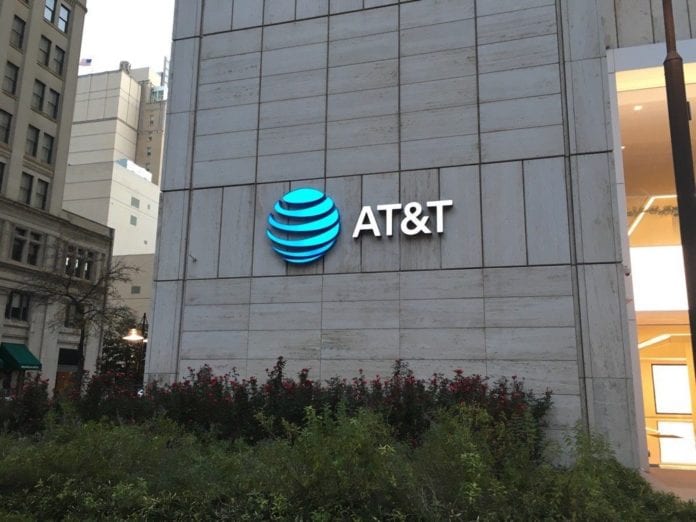AT&T posted a quarter of mixed messages: Strong numbers, particularly in net additions, paired with some financial hits due to the inflationary economic environment, and commentary from executives that make it clear that company is treading carefully to avoid losing its momentum.
CEO John Stankey said that AT&T has already achieved its year-end 2022 target of covering 70 million potential customers with midband 5G—two quarters ahead of schedule—and that it is now on-track to cover 100 million POPs with midband 5G by the end of the year, despite the fact that the bulk of its C-Band spectrum haul won’t be cleared until next year. (AT&T has set itself a goal of covering 200 million POPs with mid-band 5G by the end of 2023.)
In the second quarter, AT&T landed 813,000 net postpaid phone net additions, its best Q2 performance in a decade; it also added 316,000 net new fiber customers.
The telco continues to pursue a strategy built around high-quality fiber builds, complemented with the extension of 5G, which Stankey called “a sustainable and long-term technology play that will support key macro trends” and provide “resiliency for years to come” for the company. AT&T says it can now serve 18 million customer locations in more than 100 U.S. metro areas with fiber.
But all that positive news comes amid higher than expected costs and customers putting off paying their bills. On the quarterly call, AT&T execs said that the company had an additional $1 billion in higher-than-expected expenses during the quarter, even with elevated costs already built into its expectations. “We’re clearly operating in different times,” said Stankey. That included everything from higher than expected technology and network costs to higher advertising costs, higher wholesale costs as contracts reset, and bad customer debt.
On the consumer side, bad customer debt has returned to levels slightly above their pre-pandemic state, AT&T executives said, and in addition, government spending has been pulled back, putting pressure on the company’s business services unit — leading the company to reduce its cash flow expectations for its full-year 2022 results by about $2 billion from $16 billion to $14 billion. In the second half of this year, that will translate to about $3 billion less in vendor device payments and about $2 billion less in capital expenditures, according to the carrier. Investors sent the company’s stock tumbling this morning on that news.
Overall, AT&T reported revenues from continuing operations of $29.6 billion, down about 17% from the year-ago quarter — but that number isn’t quite apples-to-apples considering its various business divestments during the time period, CFO Pascal Roches pointed out, and when those were excluded, standalone AT&T revenues were up about 2%. Q2 2021 AT&T reported net income of $6 billion, while the now-smaller company reported $4.8 billion in net income.
Still, Stankey said that AT&T feels good about the resilience of its business given the “elevated importance of connectivity in everyone’s lives.”
Other numbers from the carrier’s second-quarter results:
-In total, AT&T reported 1,058,000 postpaid net additions for mobile and196,000 prepaid phone net additions.
-Postpaid phone churn was 0.75%, up from 0.69% during the second quarter of 2021; postpaid churn overall was also up slightly to 0.93%, compared to 0.87% in the year-ago period.
-Revenues for AT&T’s mobility segment grew 5.2% from the same period last year, with service revenues up 4.6% and equipment revenues up 7.2%.
-The company says it now supports roughly 96 million IoT devices on its network.
-The number of FirstNet connections is up to 3.7 million, coming from more than 21,800 public safety agencies across U.S. states and territories.

